The recent flood has seriously affected the Hue Imperial City. A 15m long section of the wall has completely collapsed, 7 other locations have shown signs of tilting and sinking and are being urgently reinforced to prevent the risk of widespread collapse. Most of the relics in the Hue Monuments Complex were flooded, of which the Imperial City was flooded about 0.3m, Minh Mang Tomb was 1.4m deep, Gia Long and Thieu Tri Tombs were flooded up to 1.5m.
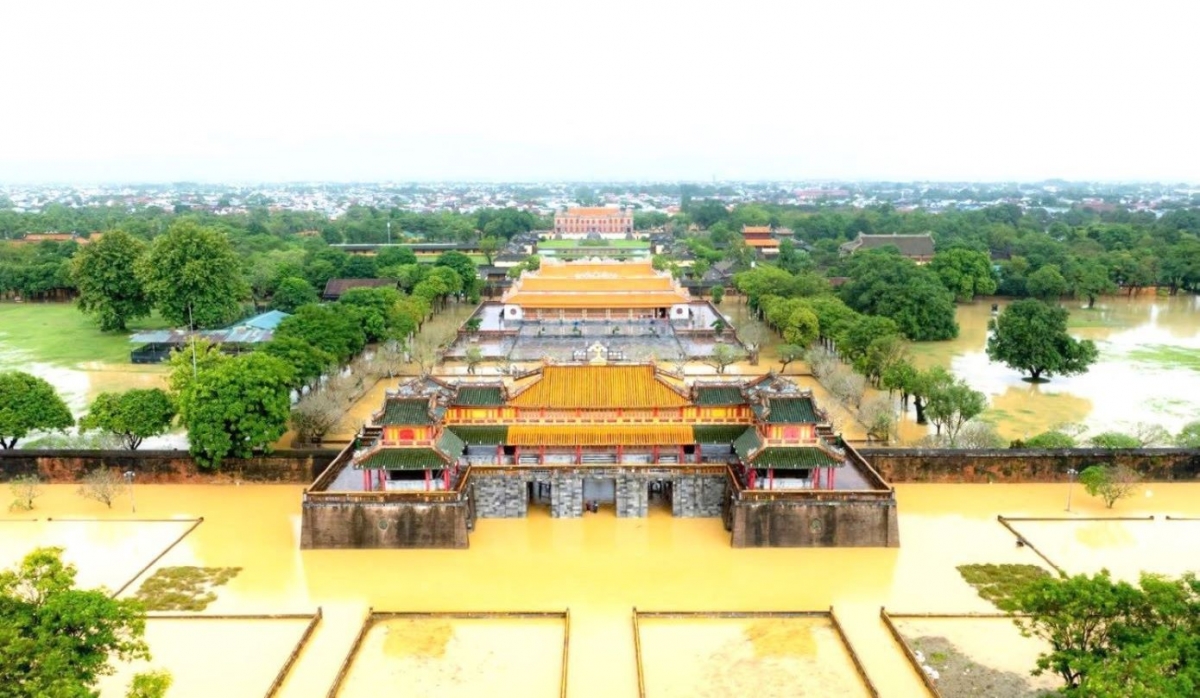
Hue Imperial City was flooded in the recent flood.
Prolonged water immersion not only affects the landscape but also seriously threatens the physical structure of the heritage. The ancient wooden system in the Imperial City and many traditional architectural works are facing the risk of rapid decay and deterioration if not handled promptly. These damages show the vulnerability of Hue relics to the impact of natural disasters and climate change, and at the same time pose an urgent need for sustainable conservation solutions and long-term adaptation.
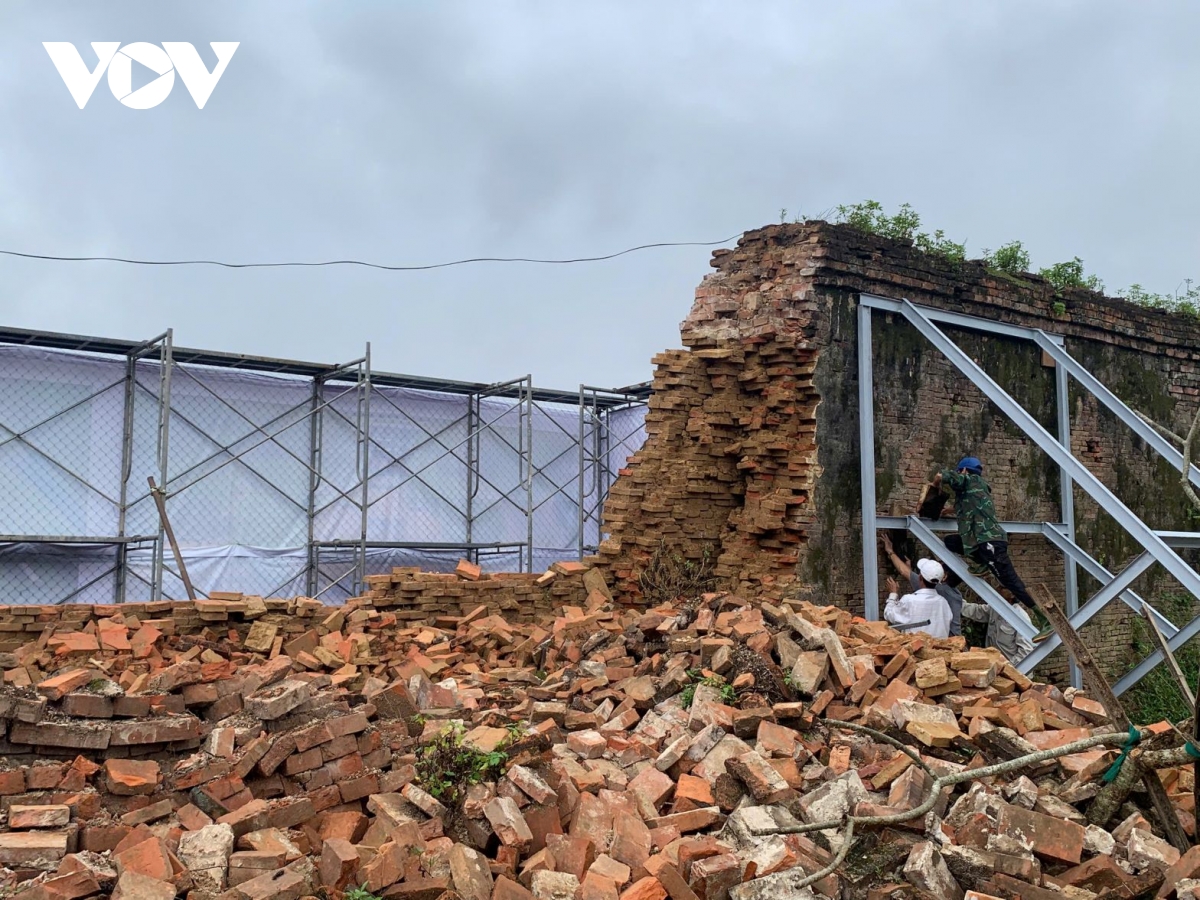
Reinforcing the collapsed section of the wall
The Hue Monuments Conservation Center has conducted a site survey, determined the extent of damage, and coordinated with relevant departments and branches to assess the cause and propose treatment and restoration plans.
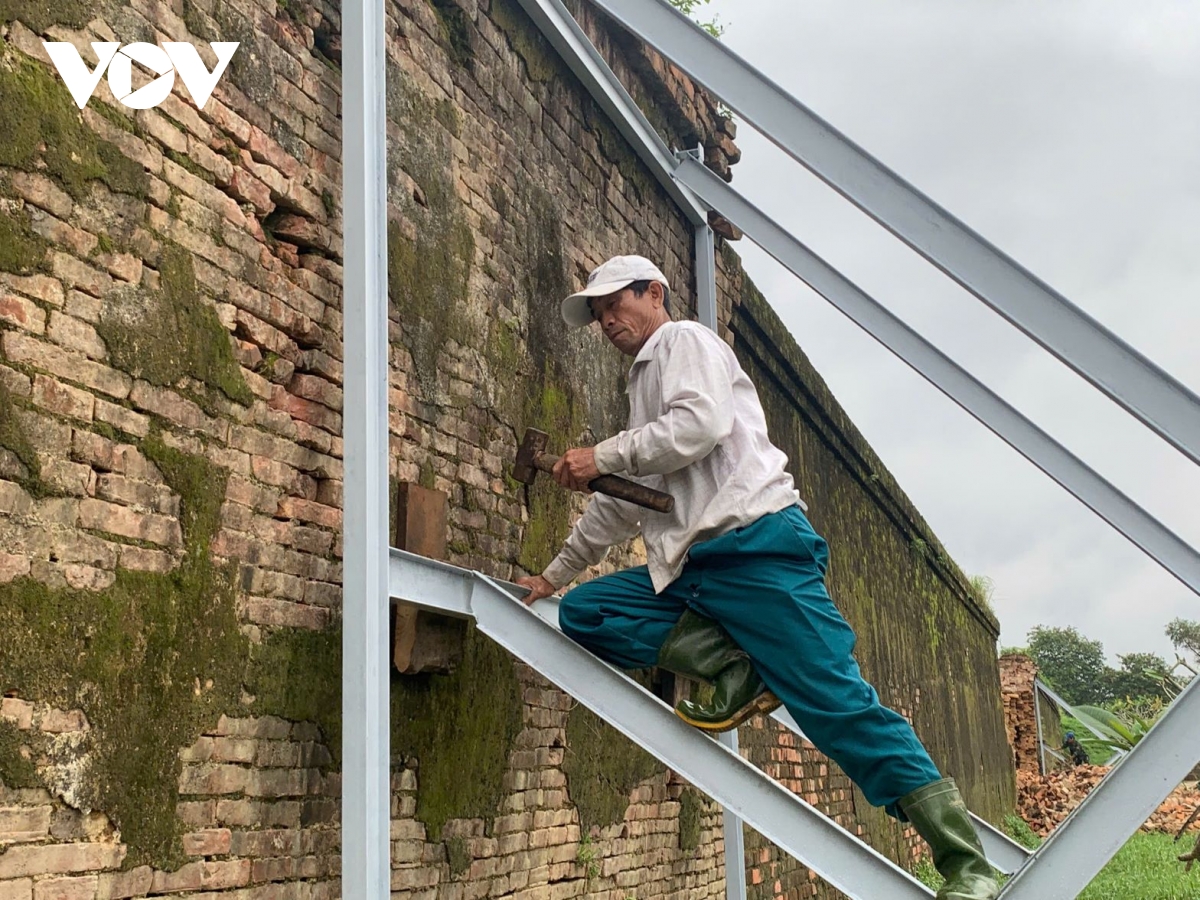
Reinforcement against tilting and sinking of Hue citadel wall
Mr. Le Cong Son, Deputy Director of the Hue Monuments Conservation Center, said that the Center has also reviewed all four sides of the citadel wall and temporarily reinforced the sunken and tilted areas:
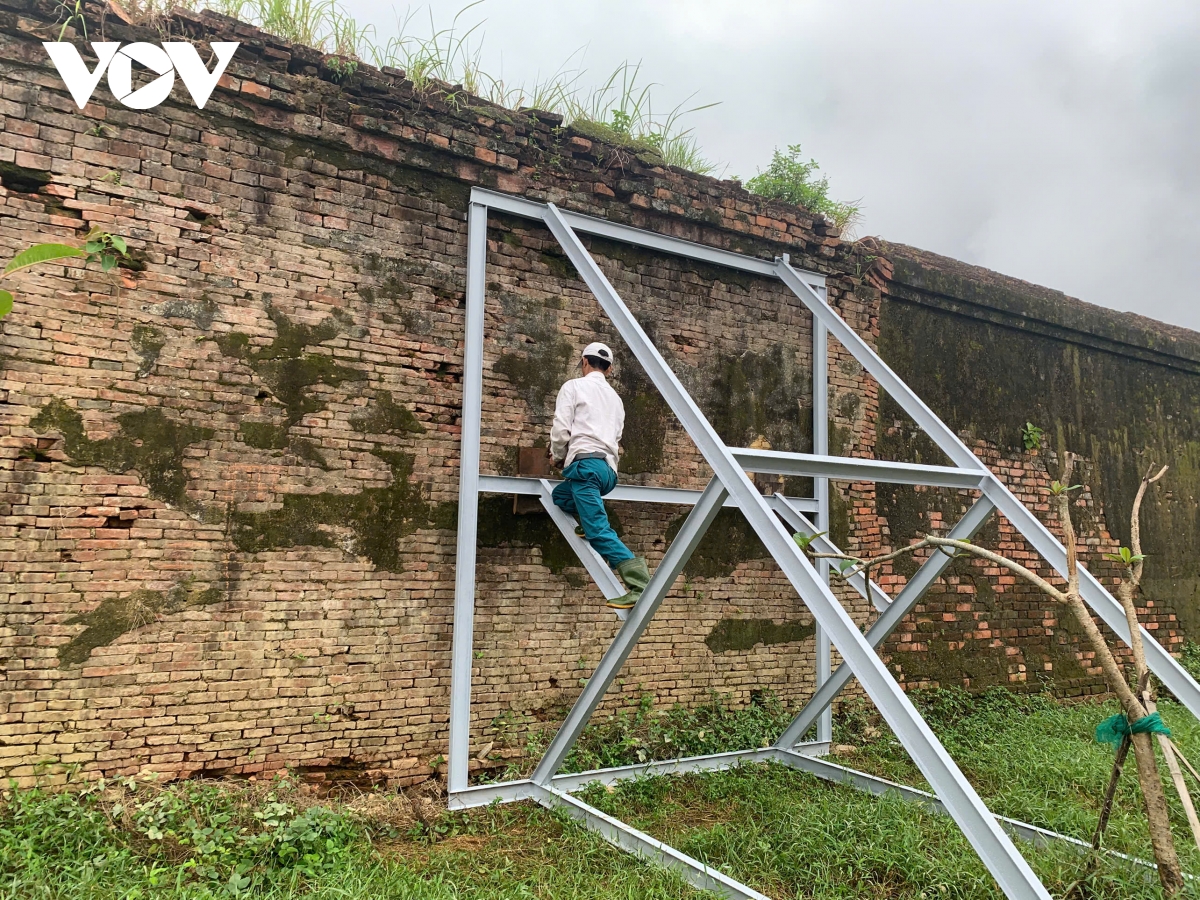
Use iron to support the tilted and sunken sections of the wall.
“The center has proactively implemented immediate solutions such as placing warning signs, organizing barriers and shields. Currently, the center is asking for opinions from the City People's Committee and relevant ministries to soon develop emergency restoration plans for these locations, to avoid collapse at the next locations, as well as ensure the safety of heritage sites from external impacts.”
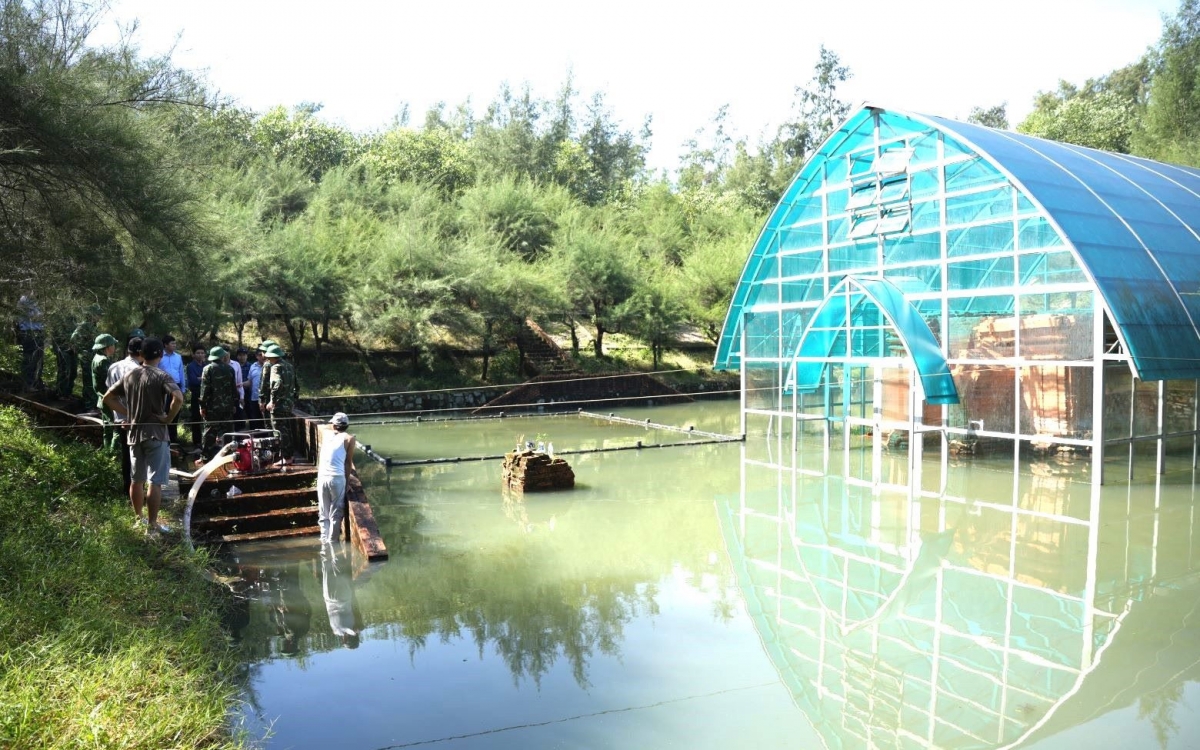
Phu Dien Cham Tower was flooded in the recent flood
Not only the Imperial Citadel, the Phu Dien Cham Tower relic in Phu Vinh commune, one of the oldest Cham towers in Vietnam dating back to the 8th century, was also deeply submerged in water due to heavy rains combined with high tides and rising sea levels. The tower was discovered in 2001 when it was buried 5-7m deep in the sand, lower than sea level, and was then placed in a greenhouse for protection. However, due to its low location, the relic was flooded, this time the water rose up to 70cm. This is a work recognized by the Vietnam Record Organization and the World Record Union as "the first ancient Cham tower in the world to be excavated and preserved deep under the coastal sand dunes".
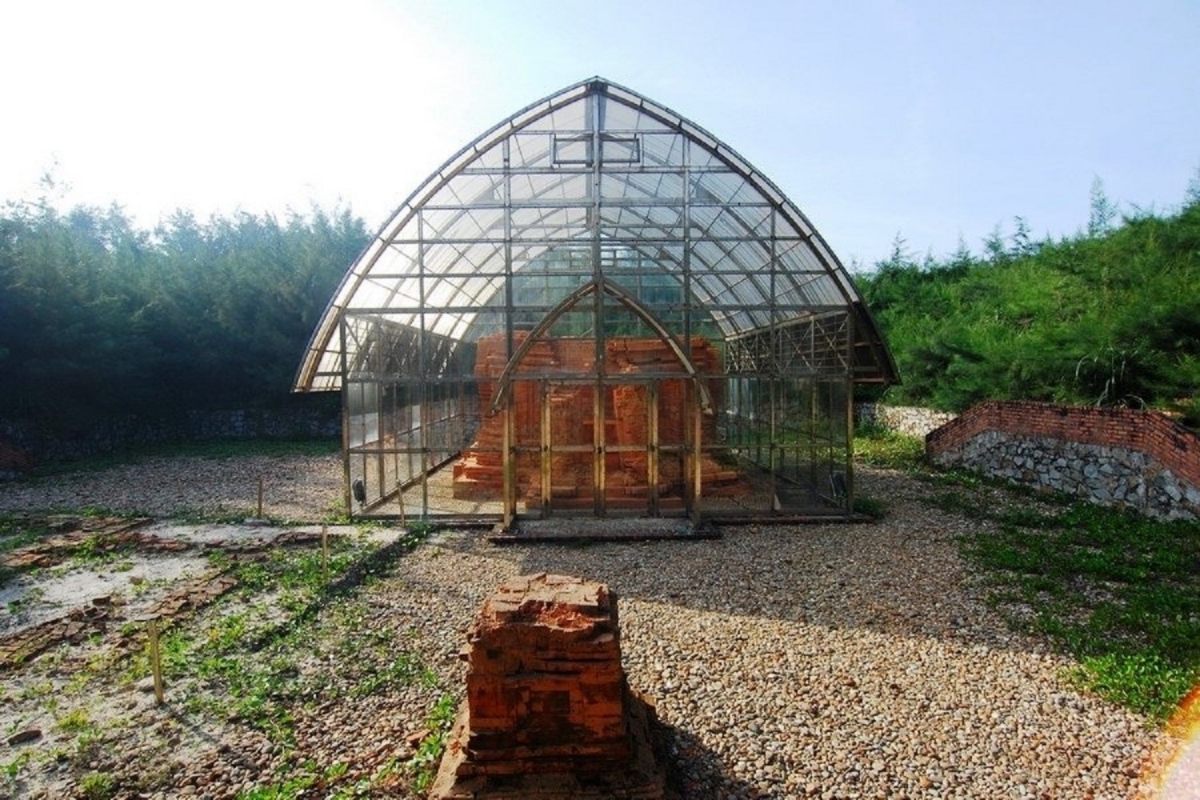
The Cham Tower was discovered in April 2001, buried 5-7 meters deep in the sand.
Mr. Nguyen Duc Loc, Director of Hue City History Museum, said that after the flood, the unit used many specialized pumps to pump water out of the tower, avoiding affecting the base of the structure. "The History Museum mobilized many specialized pumps to pump water out of the tower, avoiding the possibility of water affecting the base of the tower. The Phu Dien Cham Tower relic is located deep underground and lower than sea level. For a long-term solution, we must invite specialized agencies and departments to meet and propose the most suitable plans and solutions for long-term drainage of Phu Dien Tower."
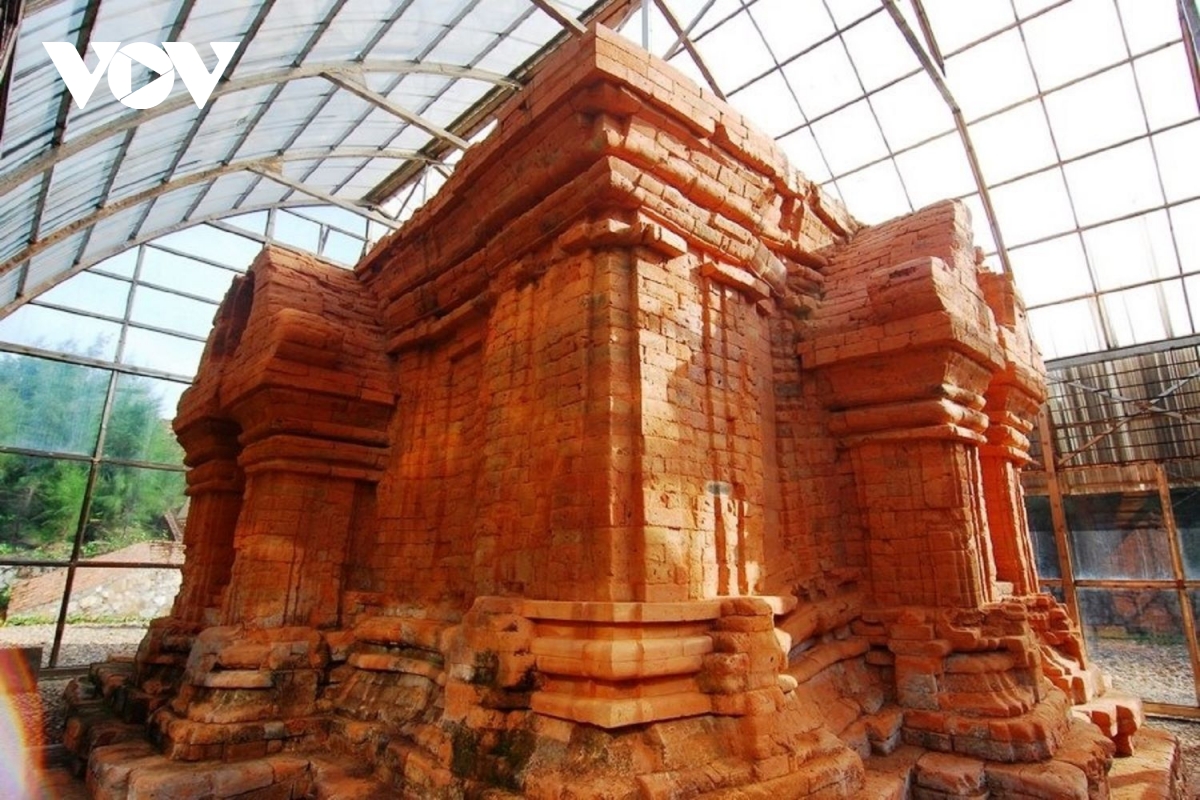
Phu Dien Cham Tower
To overcome the severe damage caused by floods and storm No. 13, the authorities of Hue city have urgently deployed measures to protect the heritage. The Ministry of Culture, Sports and Tourism requested the People's Committee of Hue city to inspect, evaluate the current situation, review the entire system of citadel walls and related relics, and deploy measures to ensure the safety of the relics and people.
Mr. Hoang Hai Minh, Vice Chairman of Hue City People's Committee, said: "The city has directed the Hue Monuments Conservation Center and the Department of Culture to re-evaluate the entire wall system, areas with signs of cracks and weak walls to have long-term repair solutions, to avoid the situation where when one point is hardened, the untreated points continue to collapse...".

The wall in Hue Imperial Citadel collapsed
Hue is a land rich in heritage that is facing serious challenges from natural disasters. Monument conservation does not stop at post-flood restoration but also requires a long-term strategy to adapt to extreme weather conditions, combining technical solutions, planning and sustainable heritage management.
Source: https://vov.vn/van-hoa/giu-gin-di-san-hue-truoc-thu-thach-cua-thien-tai-va-bien-doi-khi-hau-post1245752.vov


![[Photo] General Secretary To Lam receives Vice President of Luxshare-ICT Group (China)](https://vphoto.vietnam.vn/thumb/1200x675/vietnam/resource/IMAGE/2025/11/15/1763211137119_a1-bnd-7809-8939-jpg.webp)



![[Photo] Prime Minister Pham Minh Chinh meets with representatives of outstanding teachers](https://vphoto.vietnam.vn/thumb/1200x675/vietnam/resource/IMAGE/2025/11/15/1763215934276_dsc-0578-jpg.webp)
![[Photo] Panorama of the 2025 Community Action Awards Final Round](https://vphoto.vietnam.vn/thumb/1200x675/vietnam/resource/IMAGE/2025/11/15/1763206932975_chi-7868-jpg.webp)




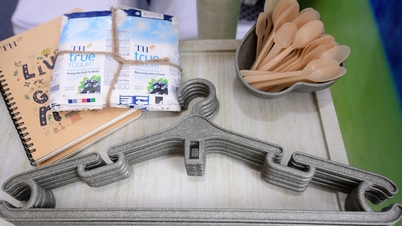




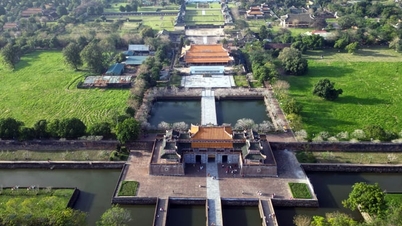






















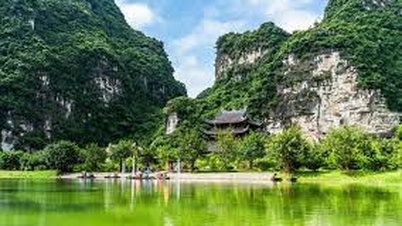







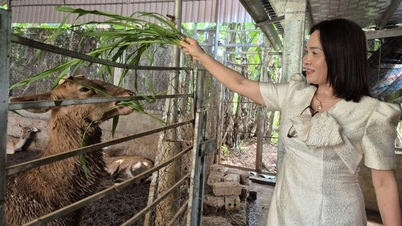
































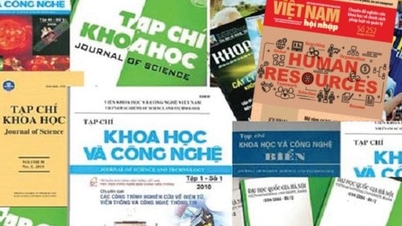
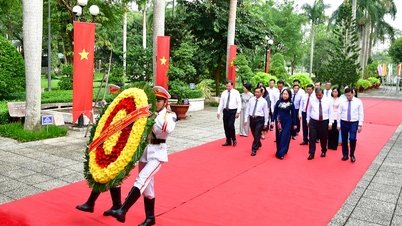





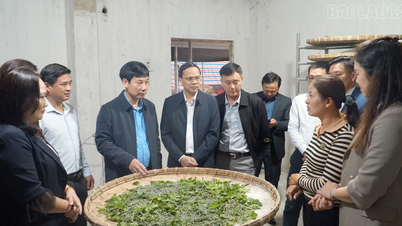


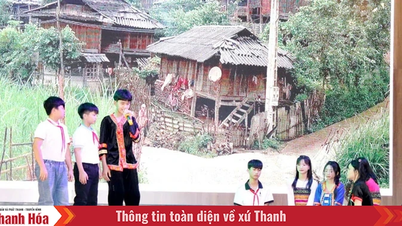












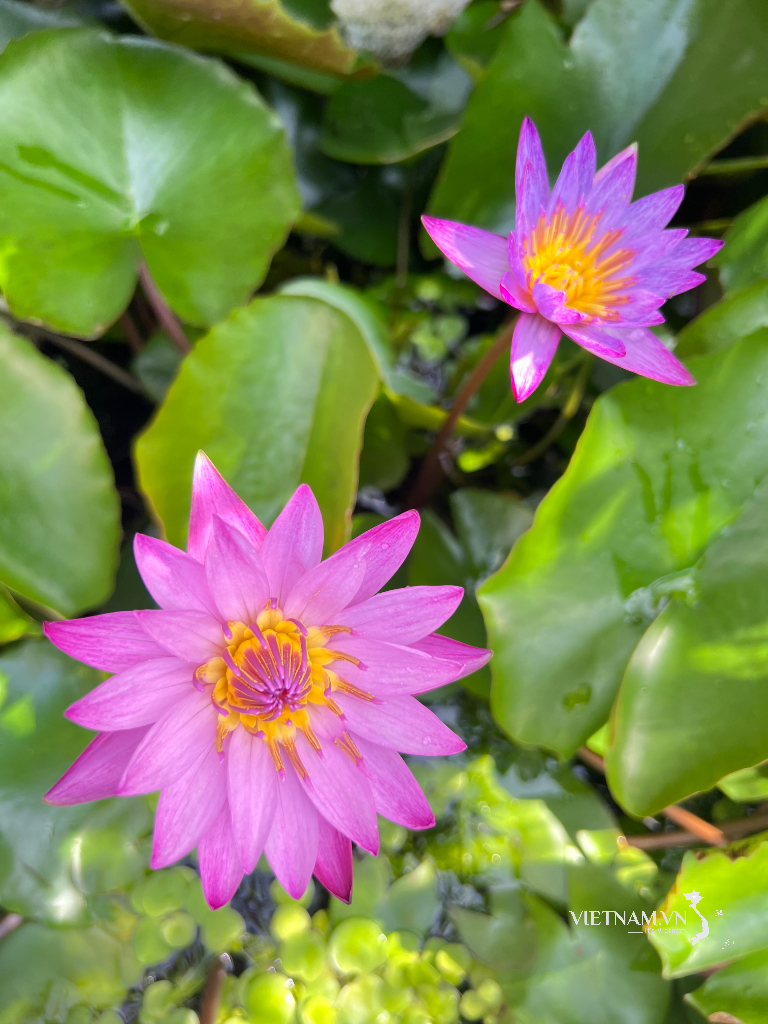
Comment (0)